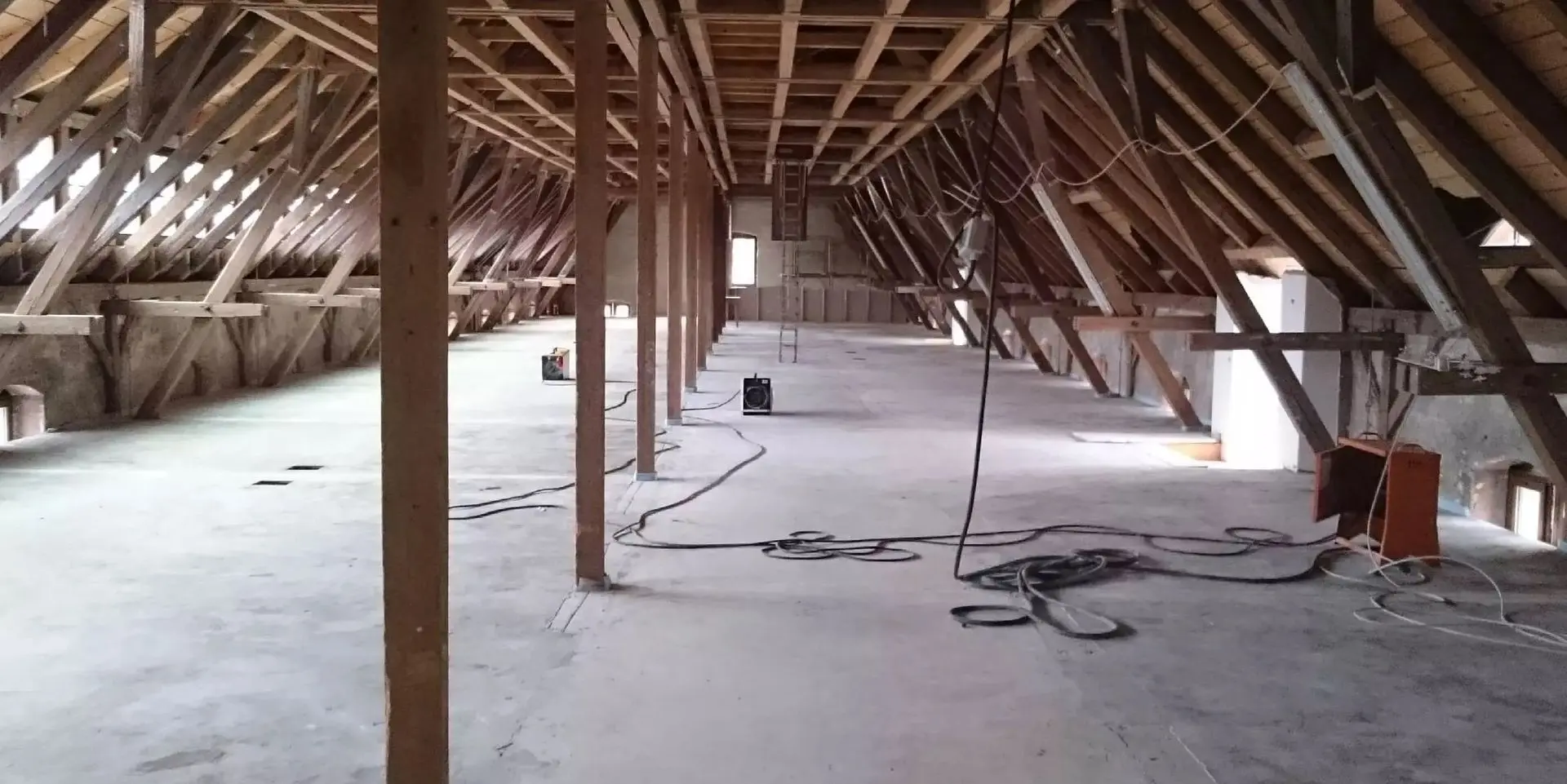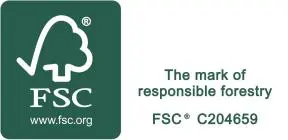THERMOFLOC - utilize the advantages
Building Insulation
Certified for sustainable and healthy construction.
THERMOFLOC cellulose insulation is more than a prime insulation material: the high-quality insulation product is made from the raw material paper. Both from a building biological and an environmental aspect it has proved to be a well-tolerated construction material that can be produced with minimum use of energy. Furthermore, THERMOFLOC cellulose insulation has been recognized by the awarding of the Natureplus quality label.
Comfortable indoor environment all year round
Not only is THERMOFLOC convincing due to its advantages with regard to building biology and ecological considerations, it also offers a number of exceptional technical features. While the low Lambda value provides outstanding insulation performance, the organic nature of the insulation material allows the absorption and controlled release of moisture. The generated buffer effect is one of the key criteria for creating a cozy living environment. In addition to optimal protection against the cold, the product ensures excellent heat insulation in the warmer seasons, thus proving itself superior to most other commercially available insulation materials.
One insulation, various insulation thicknesses
Processing is furthermore distinguished by the fact that one single product provides for different insulation thicknesses without the requirement of adapting and cutting to size various slab insulation materials. Installation is carried out by means of specially equipped blowing machines operated by certified workers.
THERMOFLOC insulation systems - all benefits at a glance
- Made from cellulose
- Advantages with regard to building biology and ecological considerations
- Optimally degradable building material
- Natureplus mark of quality
- Outstanding insulation values
- Cozy indoor climate
- Different insulation thicknesses

Blow-in insulation - efficient, cost-effective, diverse
The blow-in insulation made of newspaper reduces energy costs for heating in winter and air condition in summer.

Roof insulation
The roof is the largest area of heat loss in a house besides the facade. Without adequate insulation, about 30% of household heat is lost through the roof.
Floor- & Ceiling-Insulation
As heat naturally rises, it will escape almost unobstructed through the ceiling if the rooms below are heated either rarely or not at all or if they lie directly under inadequately insulated flat roofs.
Wall-Insulation
A common wall insulation is the insulation of a wooden frame construction wall with cellulose insulation material
Facade-Insulation
The best time to think about thermal insulation of the external walls is when the façade is being renovated or when you are considering replacing your windows.
THERMOFLOC quality certificates


